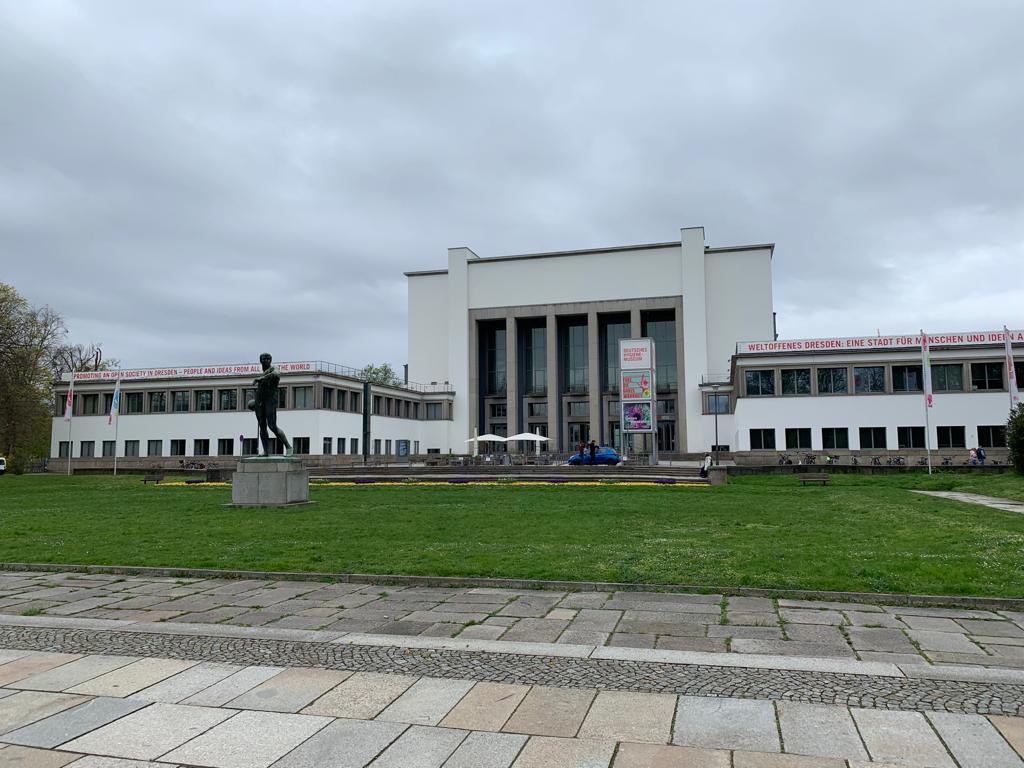Deutsches Hygiene Museum (German Hygiene Museum), Dresden
A museum with a varied history, the German Hygiene Museum is perhaps off the beaten track for a visitor to Dresden, but has plenty to make it worth your while.
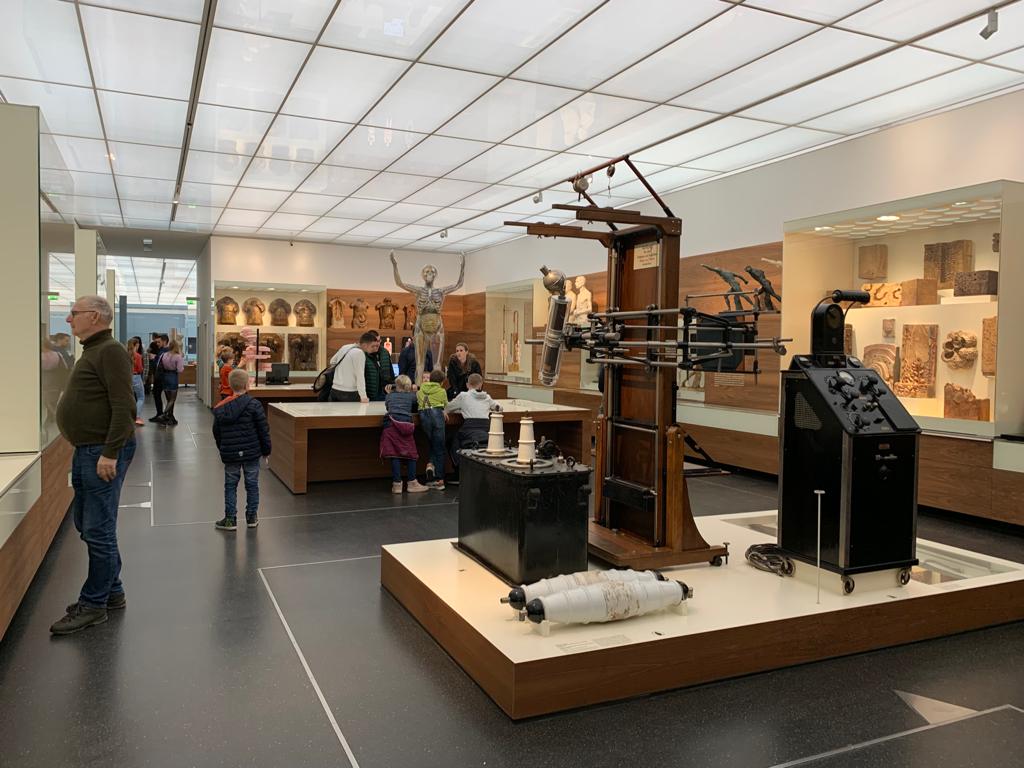
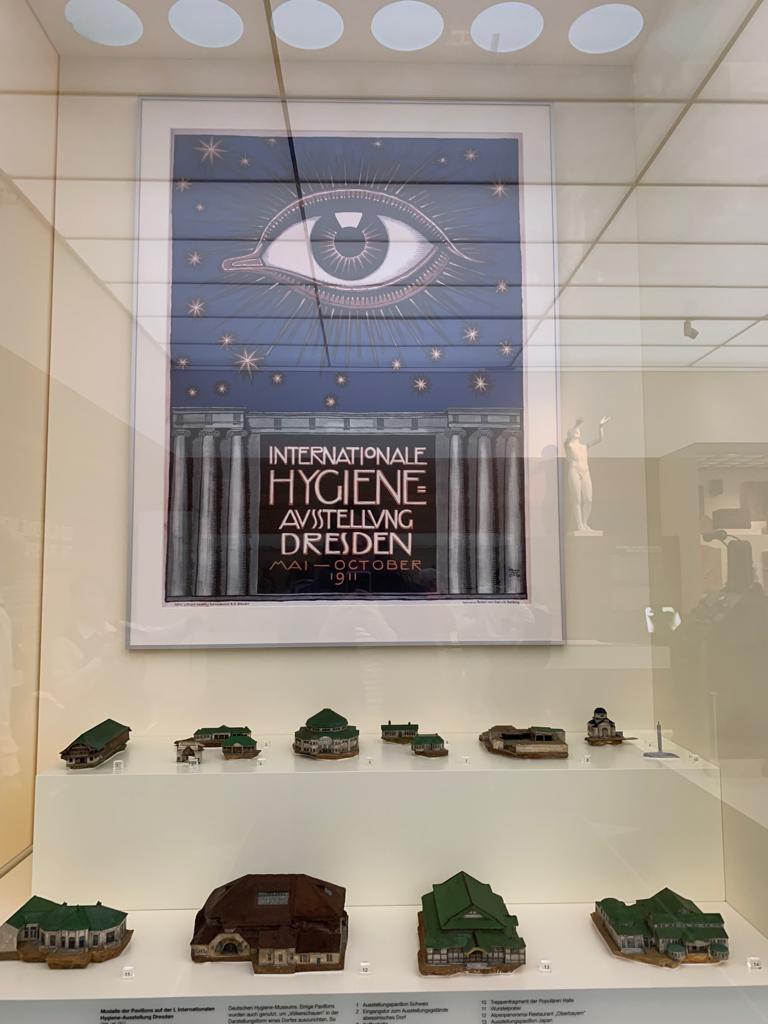
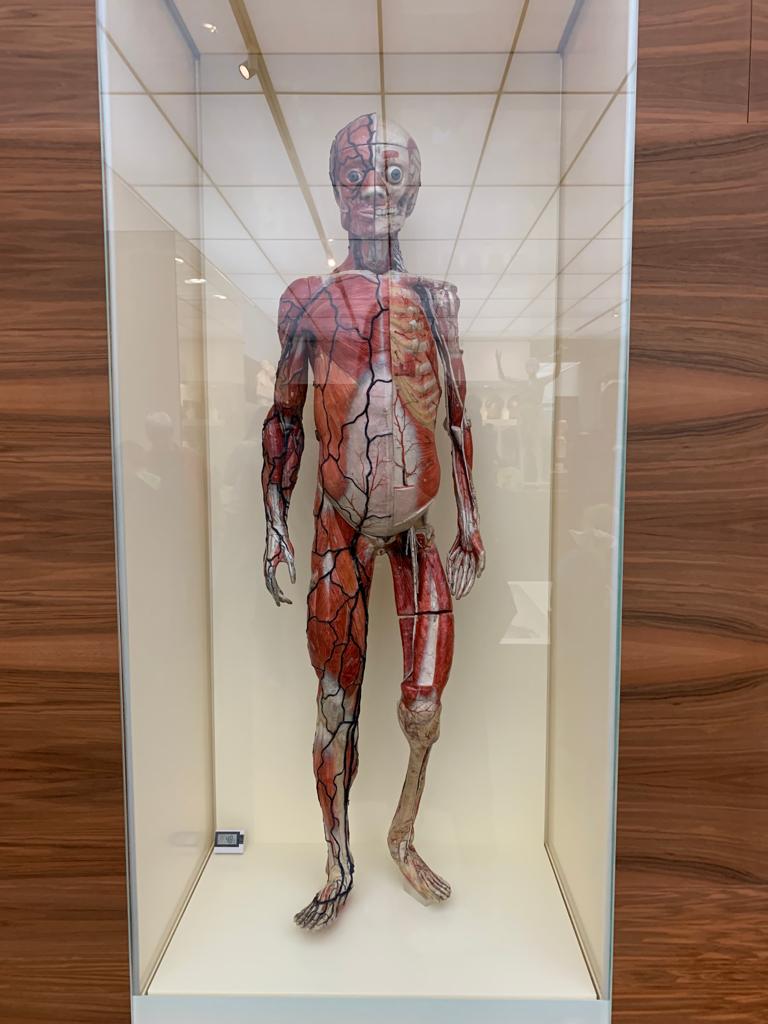
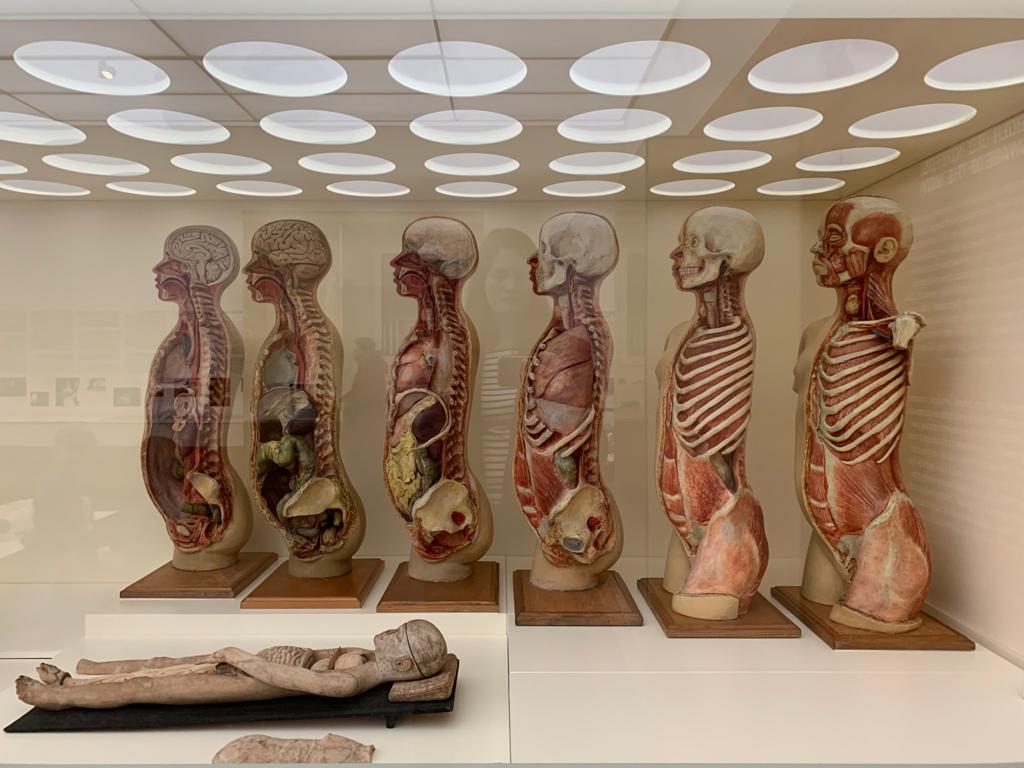

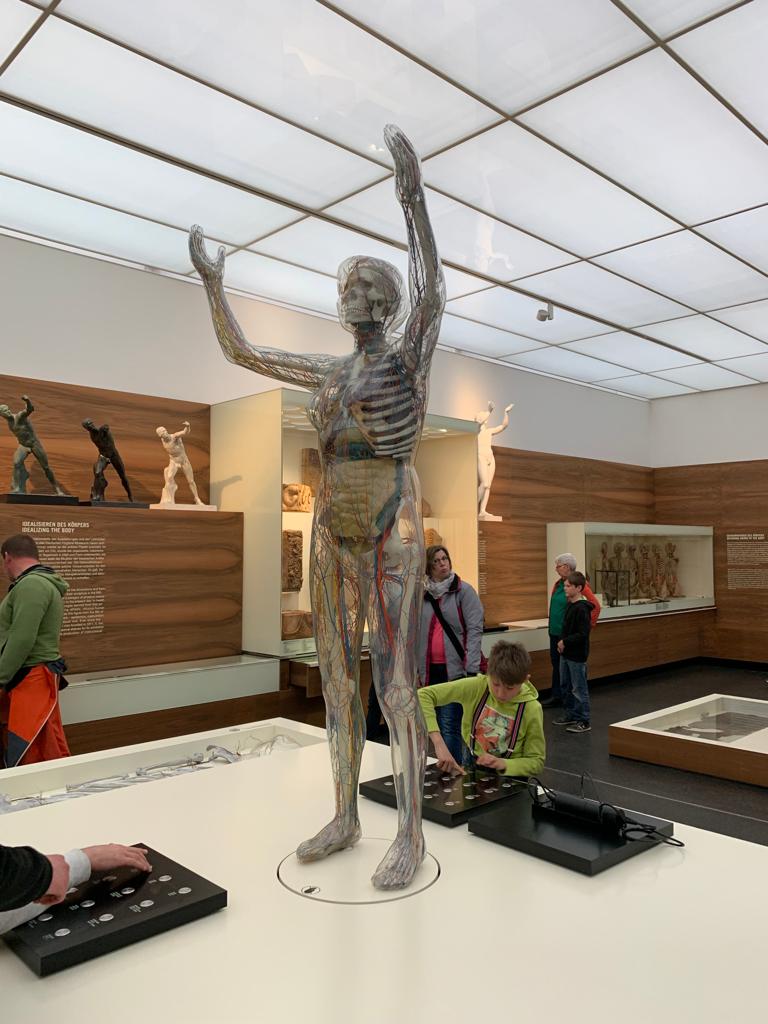
What Is A Hygiene Museum?
Medicine seems like quite a neutral thing. A scientific approach to health and treating illness. Simple cause and effect. It’s really not. If you think about it, we know this. People used to have all kinds of theories about the origins of disease. Vaccines have become a battleground. Health outcomes are different depending on your ethnicity, not always because of disease itself but because of, for instance, representation in clinical studies or even textbooks.
Which brings us back to the question: what is a Hygiene Museum? I opened with a bit of historic context because it’s important to understanding the answer. The Deutsches Hygiene-Museum (German Hygiene Museum) is almost like a mirror, reflecting wider society in the years since its inception. It opened in 1912 as a permanent public health display following the first International Hygiene Exhibition in 1911. The force behind both was Karl August Lingner, a local businessman manufacturer of hygiene products. Hygiene as we know it was relatively recent. Knowledge of germs, disease transmission and hygiene practices developed significantly in the 19th Century, thanks to people like Louis Pasteur and Florence Nightingale. Hygiene-related products became booming business at the turn of the century, with well-known brands like Lifebuoy soap dating to around this time. So we can see how the International Hygiene Exhibition and museum were products of their time.
The next major development in our story was a second International Hygiene Exhibition in 1930-31. Today’s museum building was one of its pavillions. Unfortunately, as this is Germany, you probably know what’s coming. The rise of National Socialism was closely linked with eugenics. The noble if partly commercial museum came under the influence of Nazism and eugenics and hosted various Nazi government offices. Not a happy chapter.
After the war, Dresden was part of the DDR. The museum required some rebuilding, and then resumed its public health mission along fairly liberal lines. It was reconceptualised and modernised after reunification, including major rebuilding work from 2001-2005. It is also a ‘cultural lighthouse’, recognised as a major cultural institution of the former DDR with ongoing importance in Germany today.
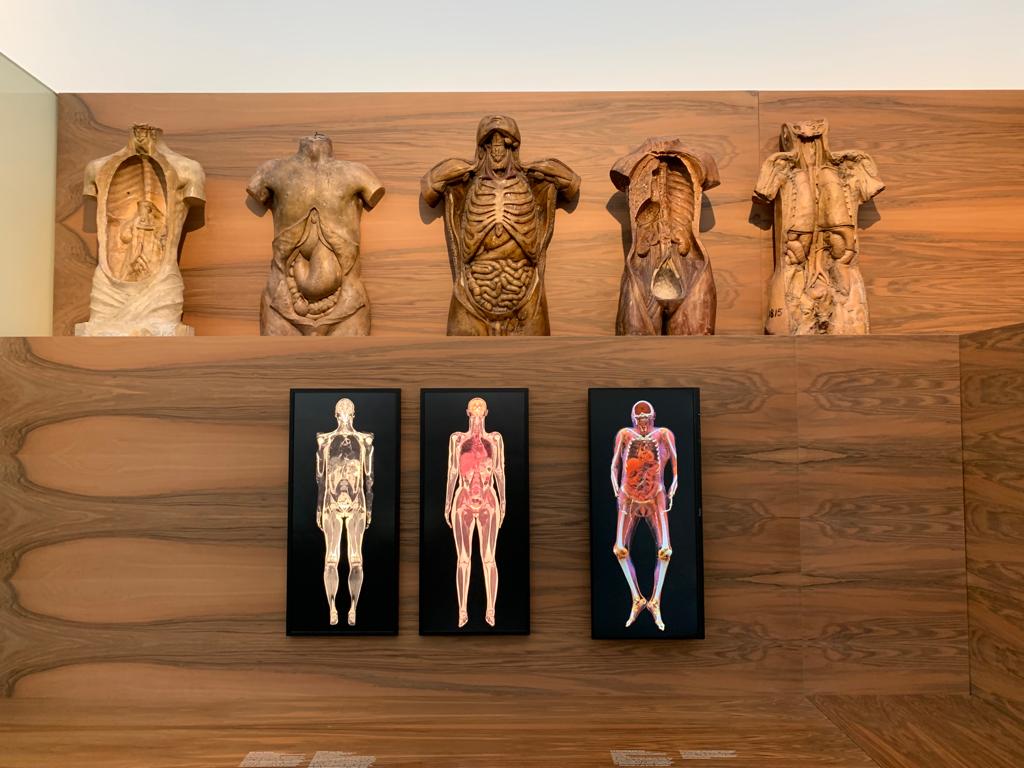
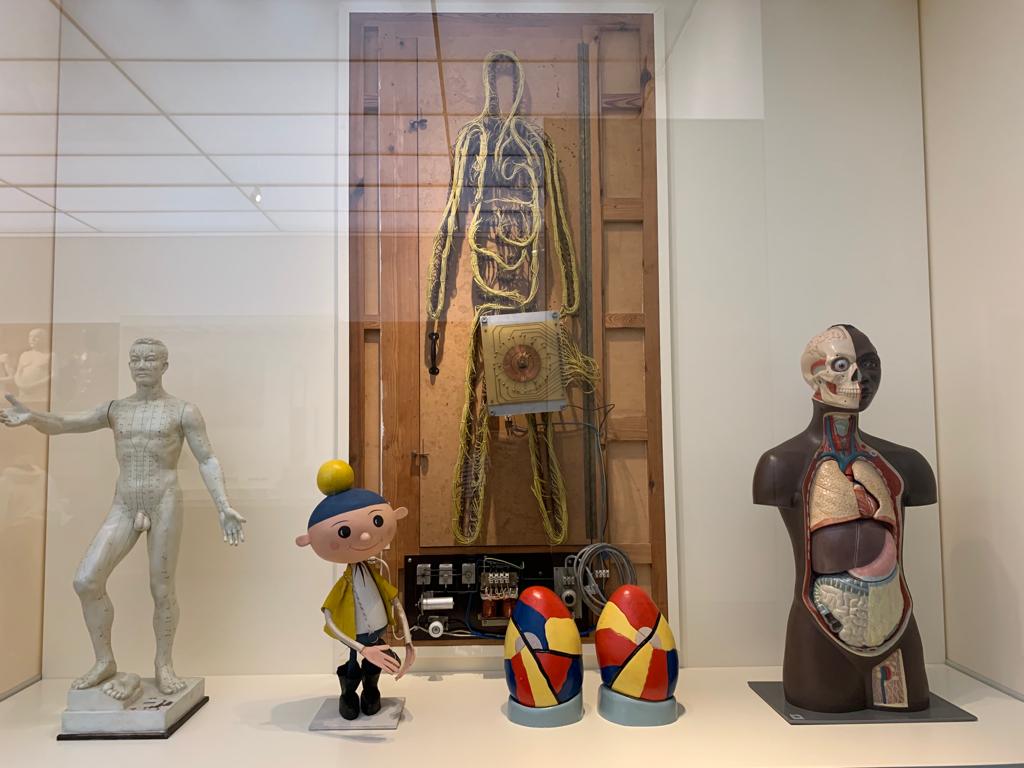

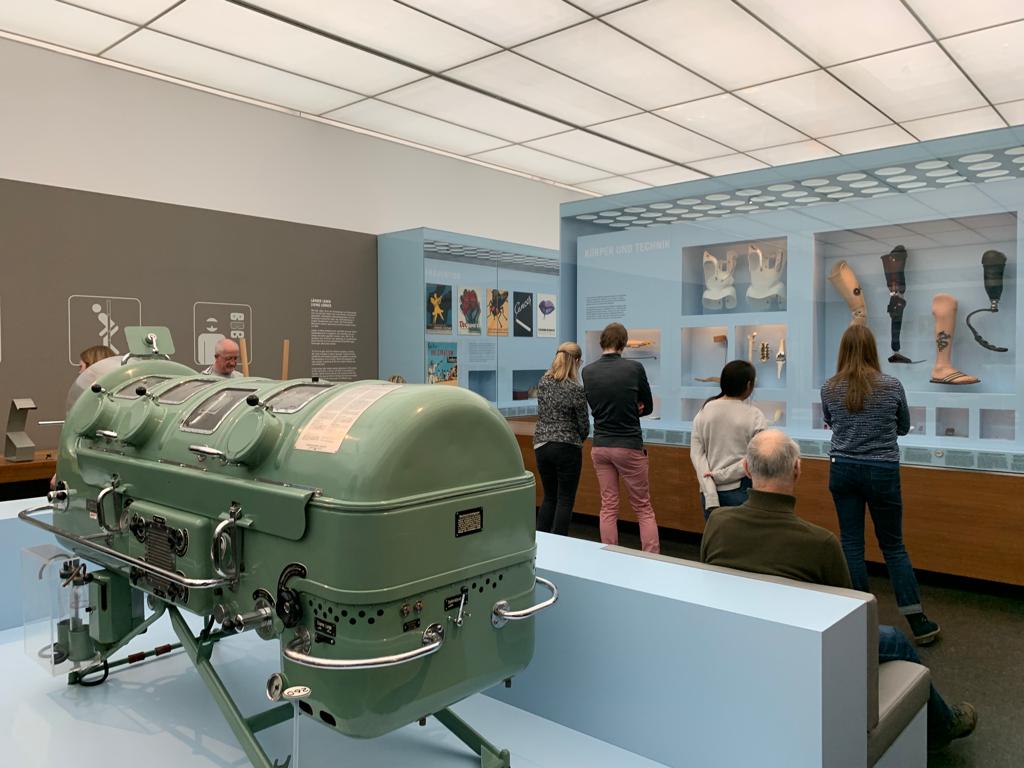
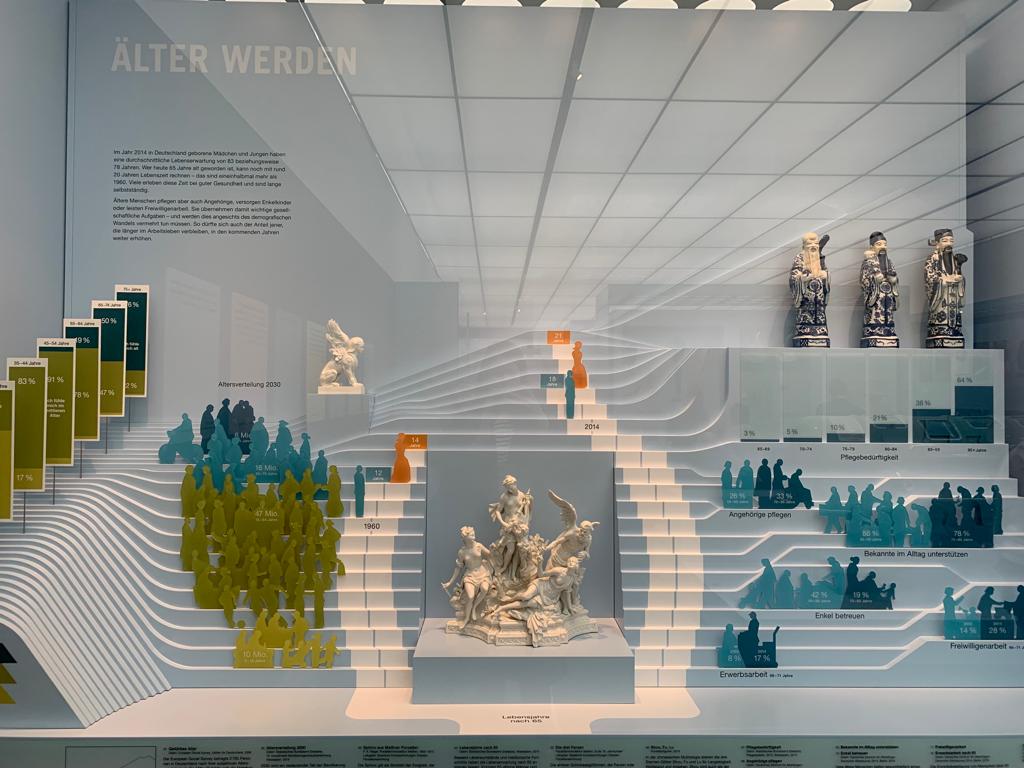
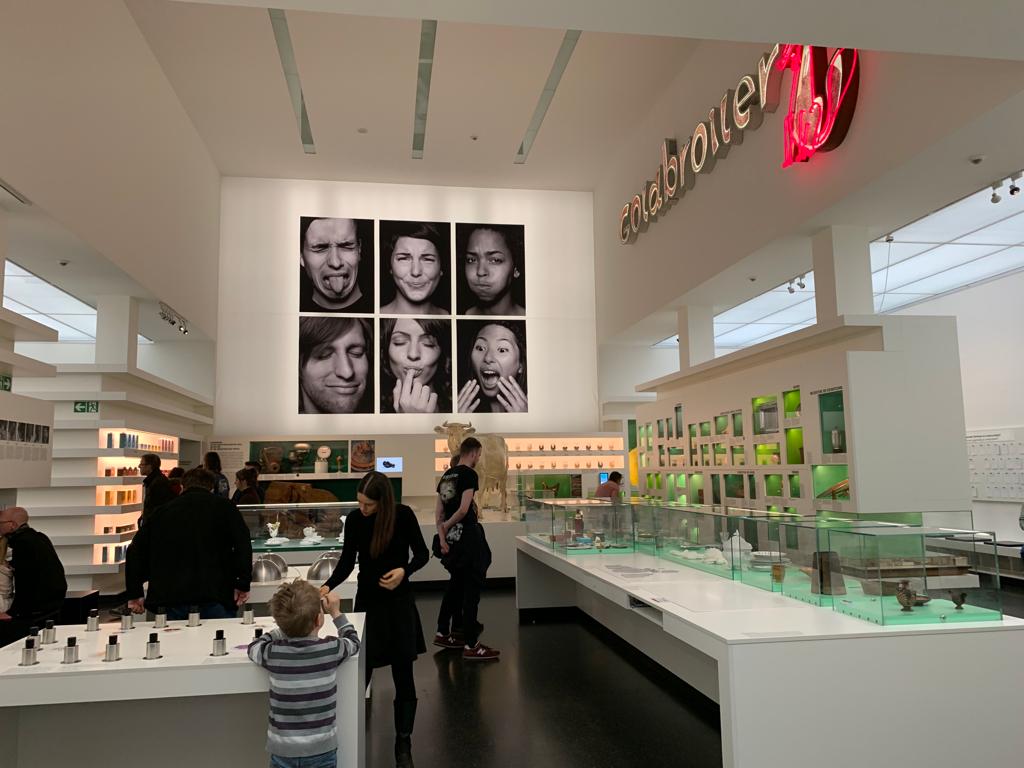
German Hygiene Museum
So if I had to pick a museum to tell the story of the 20th Century in Germany, this would be a solid choice. Interesting the different lenses through which you can view things, sometimes. But what about what the German Hygiene Museum is today? It’s a very big exhibition space, for a start. As a quick aside, the building actually reminded me quite a lot of the Cité de l’Architecture et du Patrimoine in Paris. And what they have in common is being Art Deco buildings originally constructed for exhibitions. Something about being designed to move large numbers of people, I guess? They both have very large and slightly confusing entrance halls in any case.
Anyway. Once you figure out where you’re going, the museum consists of two large exhibition spaces on two floors. I visited the temporary exhibition first as that was on the lower floor, but would actually recommend going up to the permanent exhibition first. There is also a children’s museum, which I didn’t visit. I’ve been to children’s museums before on my own because I’m always interested in how they do things, but on this occasion decided to stick with the main event.
The Hygiene Museum today is conceptually quite far from its origins. It is more about people and how they work than it is specifically about hygiene. As well as the functions and health of the body, the permanent exhibition covers cultural and social human contexts. It’s quite broad in what it covers, so it’s lucky it has all that exhibition space. The temporary exhibition when I visited was Of Genes and Human Beings. More on this below.
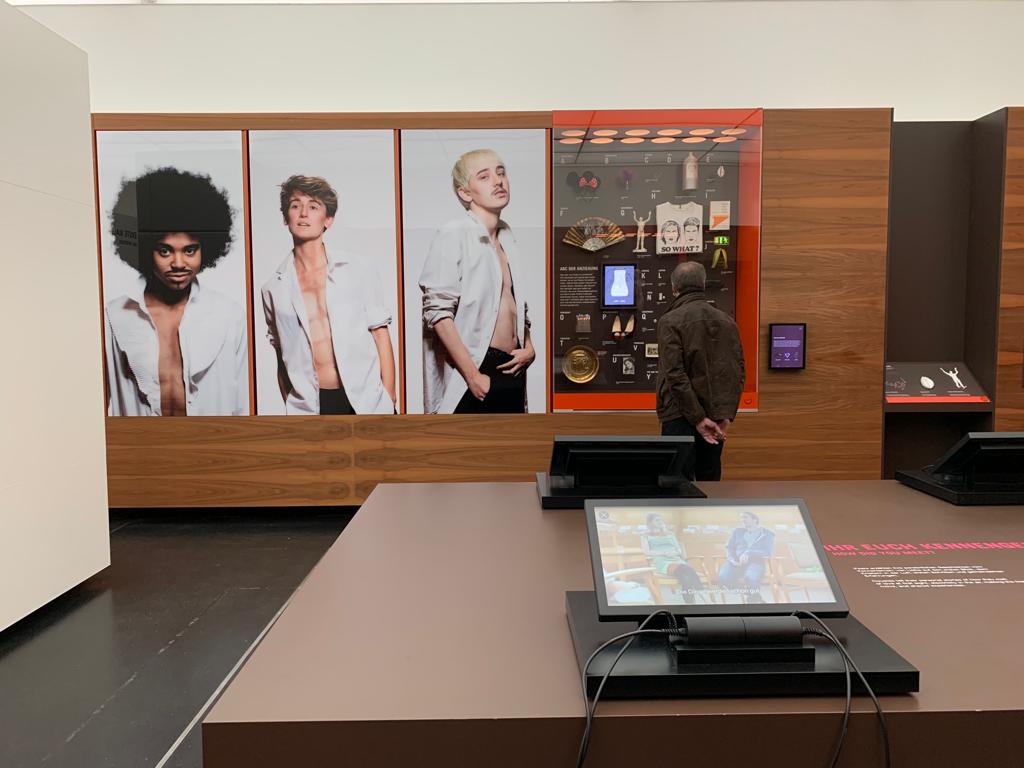

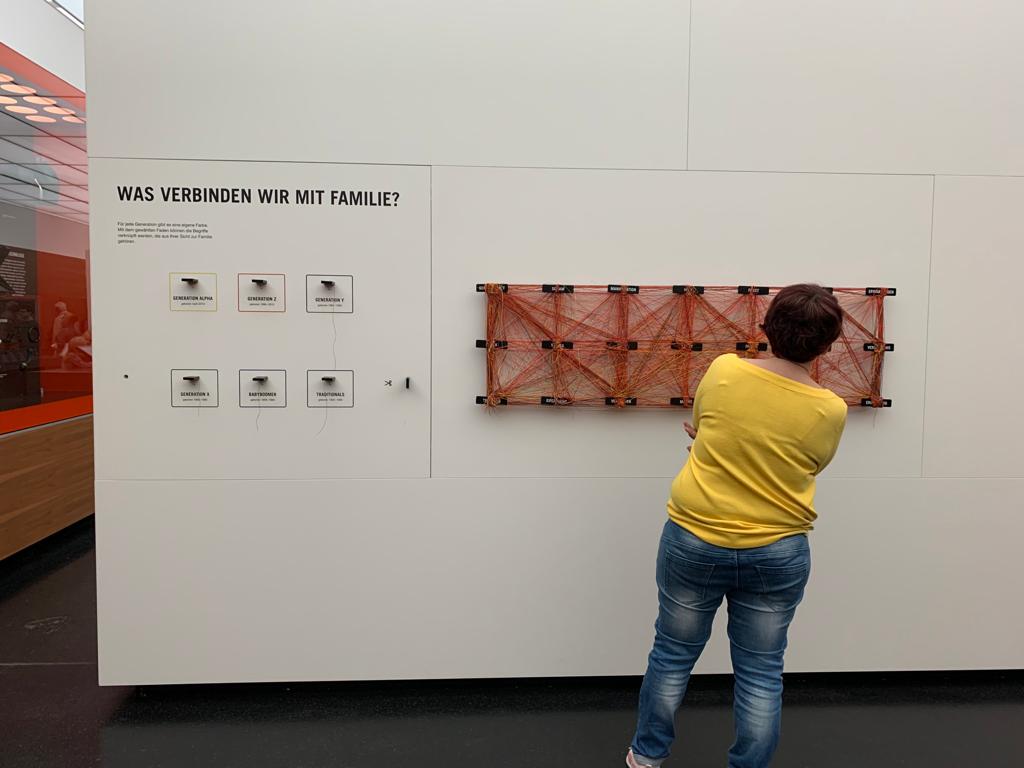

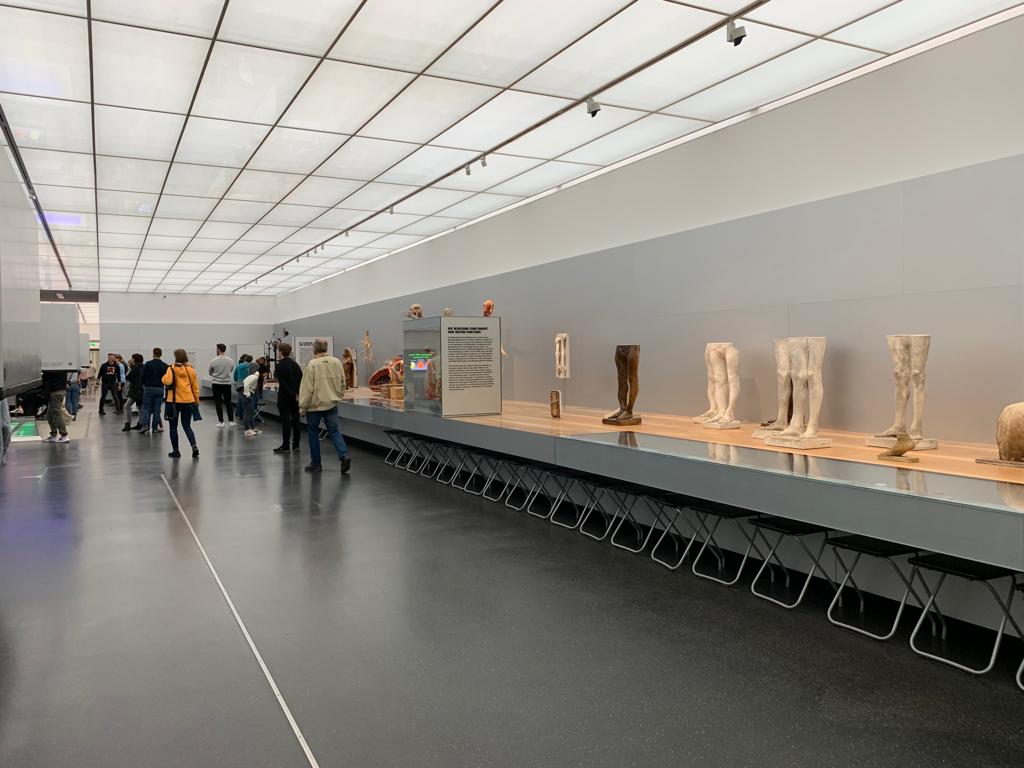

A Museum About Humans
The permanent collection at the German Hygiene Museum is engaging and nicely displayed. The human body is a fascinating thing, so there are plenty of interesting objects in the collection. Models of human bodies and bodily processes such as pregnancy. Including of course the famous Glass Man (or Glass Woman as is currently the case), a favourite exhibit since the museum’s early days. These impressive transparent models are actually made of cellulose so required extensive restoration between 2015 and 2022 as the acetate had degraded.
There are a lot of interactive activities in the museum, so even with a children’s museum nearby the main exhibition is popular with families. Everything is in German and English so tourists can also learn and partake. I liked the small touches in the exhibition design. Ceiling panel lighting evokes hospital corridors, for instance, subconsciously creating a medical atmosphere.
I was interested to see how a museum with such an unusual starting point and chequered history could evolve and reinvent itself for the 21st Century. The German Hygiene Museum does not disappoint. I visited at the suggestion of a German museologist friend. The name drew me in, but I enjoyed the content enough to linger on a very busy day in Dresden. Typically I would recommend the German Hygiene Museum to those who have a couple of days in Dresden and want to get out and see more unusual sights. It pairs well with a walk in the Grosser Garten and perhaps the Panometer Dresden on the other side of the park.
Salterton Arts Review’s rating: 3.5/5
Continue reading for more on the temporary exhibition on display when I visited.
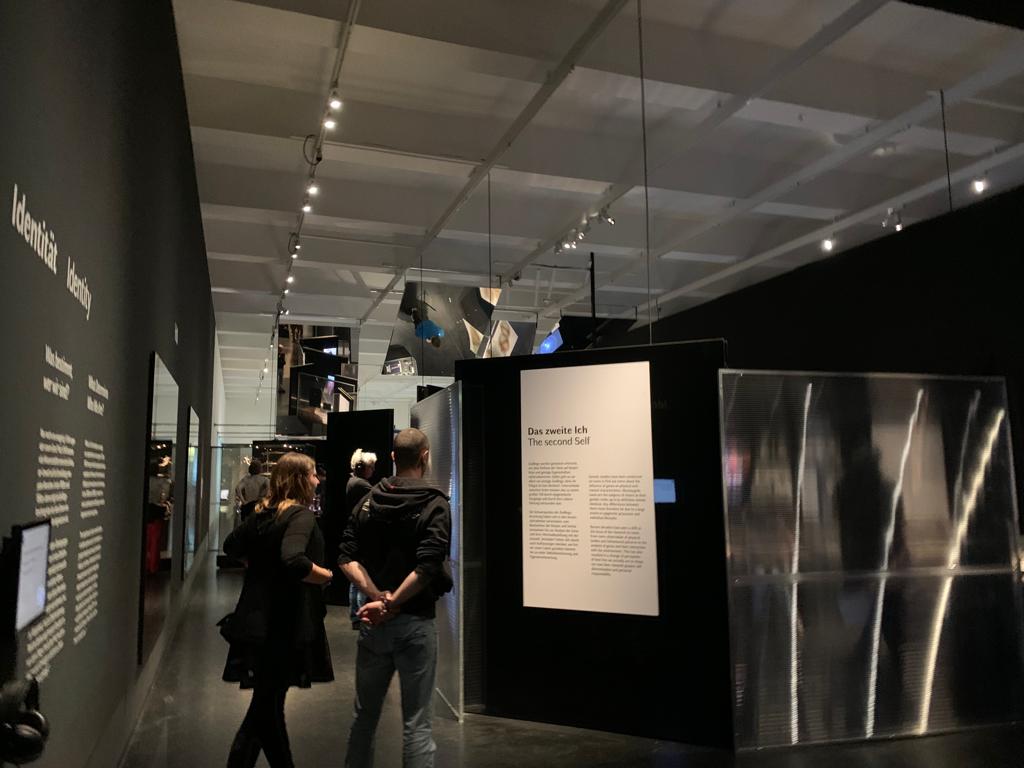
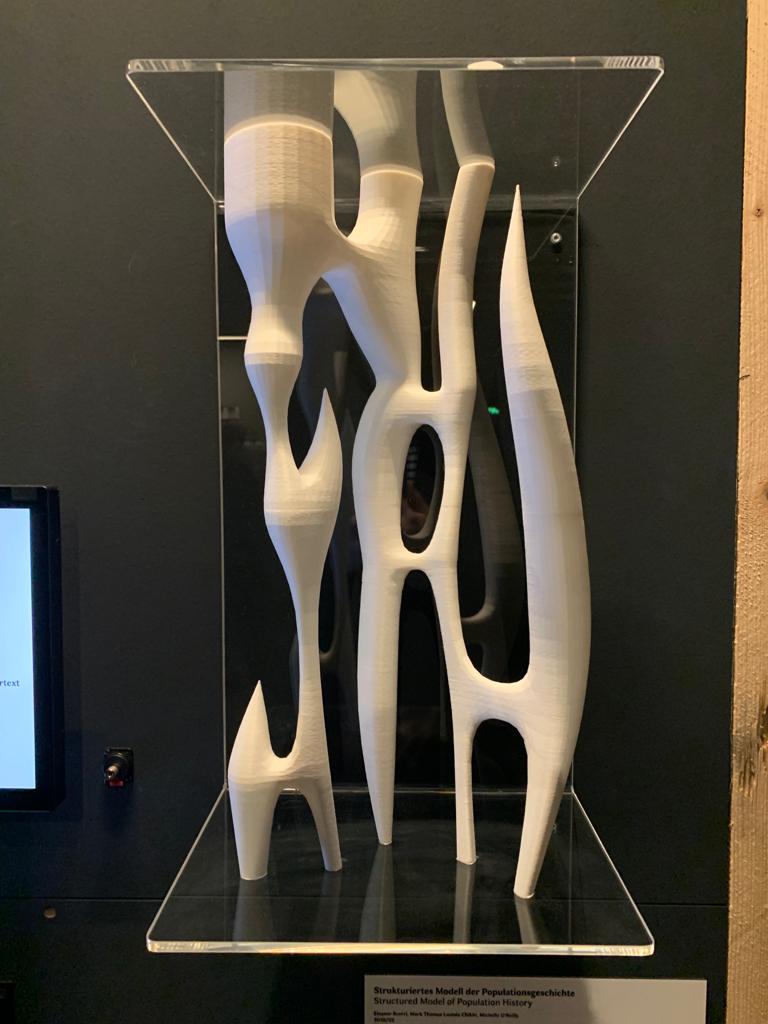
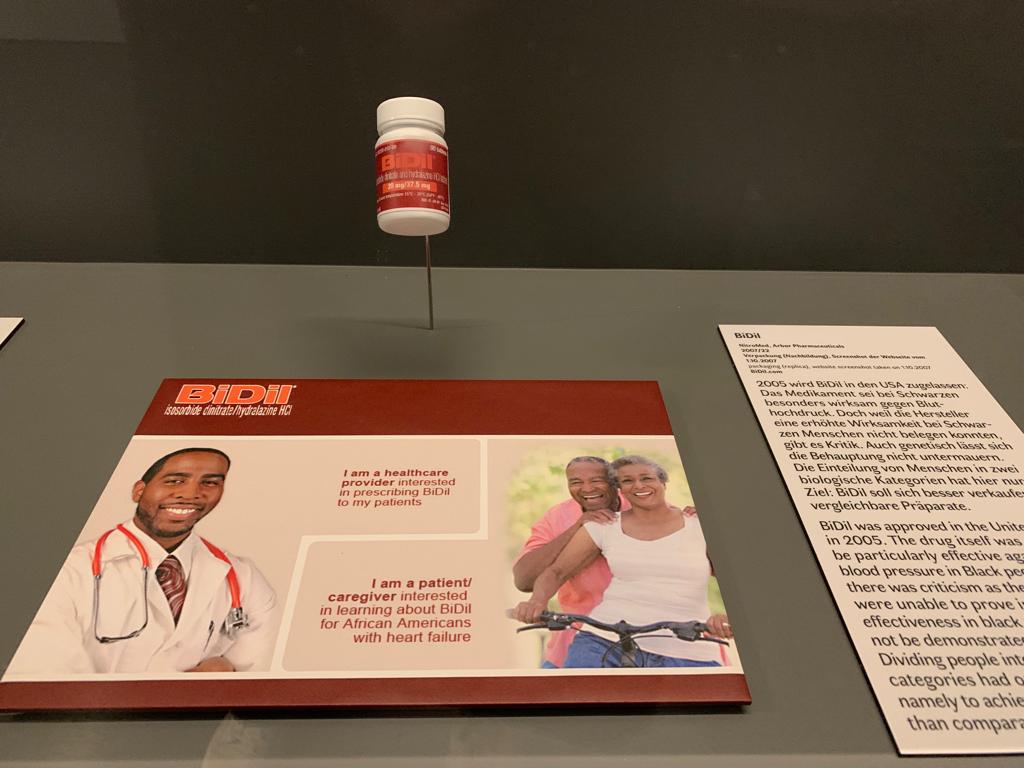



Of Genes And Human Beings: Who Are We, And Who Might We Become?
When I visited the German Hygiene Museum in April 2023, the temporary exhibition was what I came across first. As we discussed above this was an error, and I should have gone up to see the temporary display first. Hindsight is 20/20 and all that. The temporary exhibition in question was Of Genes and Human Beings: who are we, and who might we become?
The exhibition looks at the study of genetics, and its implications. As per the museum’s mission, this is wider than just the science itself. Sure, there is information in there on the human genome sequencing project, cloned animals and so on. But you can also learn about topics as varied as how advances in genetic science have impacted criminal cases, and the aspects of human nature brought out by sequencing Cheddar Man’s DNA and discovering he had dark skin.
There is a wealth of information here, but it is very text heavy. There are illustrative objects, but they tend to punctuate rather than lead the displays. Again everything is in English as well as German, but I found the volume of text overwhelming and went through the exhibition quite quickly in the end. I was then surprised by the final room, which contained artistic responses to the subject including meditations on genetically engineered broiler chickens and resurrected Pyrenean ibexes. Perhaps bringing these fairly large artworks into the main gallery spaces rather than keeping them as a finale would have improved the flow.
So an interesting exhibition, but best for those with a serious interest or for Dresden residents. For my money, tourists are better off focusing on the permanent exhibition.
Salterton Arts Review’s rating: 3/5
Of Genes and Human Beings on until 10 September 2023
Trending
If you see this after your page is loaded completely, leafletJS files are missing.

